Wednesday, February 28, 2007
Who were the Sumerians?
SUMER is located in the Southern half of modern Irak. Its climate is hot and dry, its soil is windswept, it has no minerals and very little stone and timber - indeed, a land doomed to poverty. The Sumerians, nevertheless, were a gifted, energetic people, inventive and resourceful, who with the help of irrigation and a pragmatic way of life turned this deprived land in a Garden of Eden. It was in Sumer that the first great urban centres came into being, as well as the cuneiform system of writing, which was soon used all over ancient Near East. These great urban centres or temple estates were known as Eridu, Uruk, Larsa, Lagash, Nippur and Kish. Power alternated between them and community life was organised around the temple. Recorded evidence shows that by 5,000 BCE Eridu, city of Enki, the God of Wisdom, held the power, which by 4,000 BCE shifted to Uruk, Inanna's city. There were close contacts among the temple estates, and a coherent culture. Sumerian civilisation deeply influenced the peoples of the Euphrates region, North Mesopotamia and parts of Iran. Sadly, centuries of competition resulted in bitter warfare and attempts of one city to impose hegemony over another or the even the whole region Sumerian language may have been long established in the region, but has no known relatives. Written documents gradually became more easily understood and informative throughout this period. Sumerian tales, legends and songs are part of a vast literature. Evidence shows that indeed recorded history began at Sumer.
Subscribe to:
Post Comments (Atom)
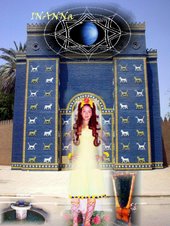





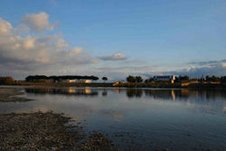
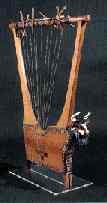
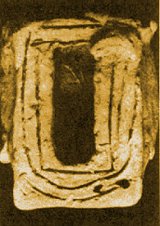
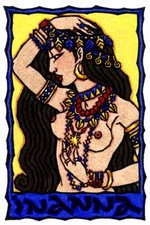
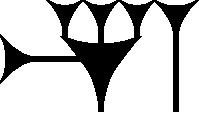
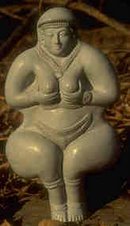


1 comment:
Perhaps it coud be pointed out, that this culture influenced India - Sanscrit is based on that language - Assir, Babylon and in general all ancient civilisation including Hebrew and Egypt and even the Greeks (Pelazg). Samuel Kramer calls Sumer the "cradle of civilisation".
Having said that please remember, when the Sumerians arrived in the area, they brought a culture with them. Where from?
The Sumerian language is not extinct. Today's Hungarian is a direct continuation of it.
In fact, research starts to prove that the Sumerian was a dialect of Hungarian. Several hundred words have been proven to be the same as well as most of the grammar.
Writing: similar signs to the Sumerians were found at Tatarlaka and in the Bosnian pyramid. Both findings are several thousand years older than Sumerian writing. The signs found at both places are present in the ancient Hungarian alphabet.
Further to this, English is full of Hungarian words. Some 700 have been identified. PLS see on:
http://www.varga.hu/
(LOOK FOR THE ENGLISH FLAG!)
'An old Hungarian dialect found on the British islands'
'The organically built language'
... and more.
Book:
'Language of the stone age' by Csaba Varga
Post a Comment